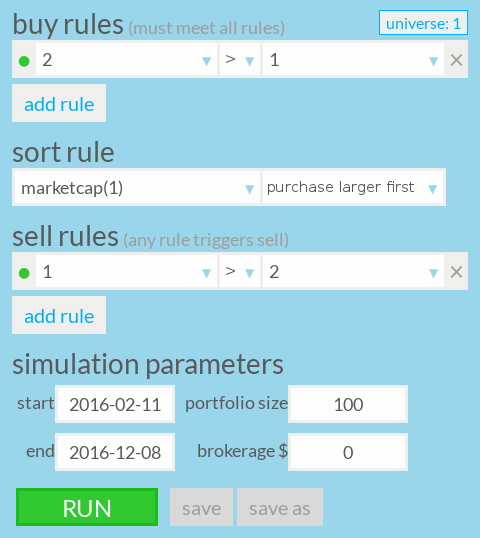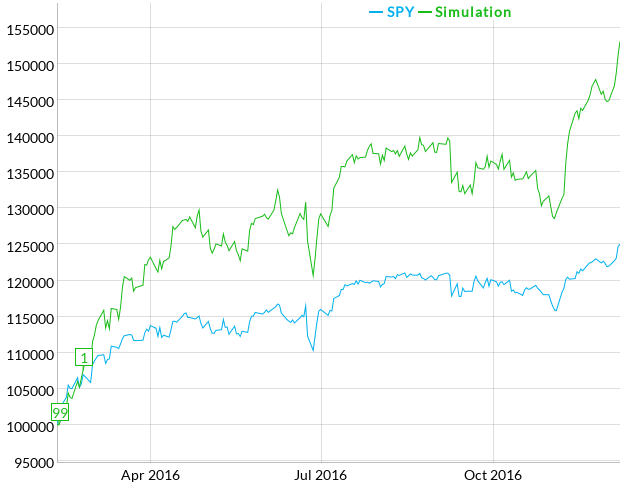Riding the Tide
Business and economic cycles may not always be predictable, but periods of growth and recession are natural. An intelligent investor can use this knowledge to their advantage. One of my favorite investing aphorisms is, "a rising tide lifts all ships." In general, this is true, but that's not to say the entire ocean is level. Certain portions may be higher or lower than others, even if in general the tide is on the rise.
The metaphorical equivalent within the stock market would be that certain sectors may be out performing or under performing the general market, and they may change. This has resulted in a common trading strategy called sector rotation. Basically, during a downturn, you move your portfolio in to sectors that do well during times of adversity, and during a period of growth, move in to sectors that historically out perform the market during an upturn. This type of trading activity can be a powerful tool for consistently beating the market. Of course, the key is identifying how each sector behaves....
Lack of Tools
As popular as sector rotation is, surprisingly few tools exist to help investors find which sectors to buy. For this, we turn to one of the most powerful and useful tools an investor has in their toolbox, the Backtester, but we use it in a novel way.
A sufficiently flexible backtesting tool can be used to reveal the aggregate performance of a specific sector. This can then be compared to the overall market, or analyzed by itself. Let's take a look at a concrete example using the Genovest Backtester.
Within the Backtester, click on universe and pick a sector, let's say, Construction.


This tells the Backtester to only purchase stocks in the Construction sector. Next, set the following rules and simulation parameters:
- buy rule:
2 > 1 - sort rule:
marketcap(1)purchase larger first - sell rule:
1 > 2 - portfolio size:
100 - brokerage $:
0 - start:
2016-02-11
The Backtester should now look like this

What we're doing here is turning the Backtester into an analysis tool. Look carefully at what the Backtester is doing. The buy rule is always true, and the sell rule is always false. This will make the Backtester want to buy the entire sector and never sell. The sort rule and portfolio size will cause the 100 largest companies by market cap to be purchased, effectively making the simulation's performance an aggregate of all stocks held! Portfolio size here is set to the maximum, with no brokerage fees, to make this aggregate as close to the real sector performance as possible. Finally, I chose 2016-02-11 as my start date because it was a low point in the market followed by a fairly sustained rise.
Results!
Click RUN and we get the graph below:

As you can see, the Construction sector substantially out performed the overall market. This may indicate that it is time to rotate out of this sector and look for one that has been under performing the general market in anticipation of a turn around.
You can do this type of analysis quickly for the rest of the sectors by clicking universe again and selecting a different sector, leaving the rest of the rules unchanged.
Obviously, additional research should be done, but this makes for a good starting point. I would recommend looking at how the new sector performed over a longer period of time and correlate movement within its particular business cycle or more broad economic cycle, allowing you to develop a trading strategy based on that knowledge.